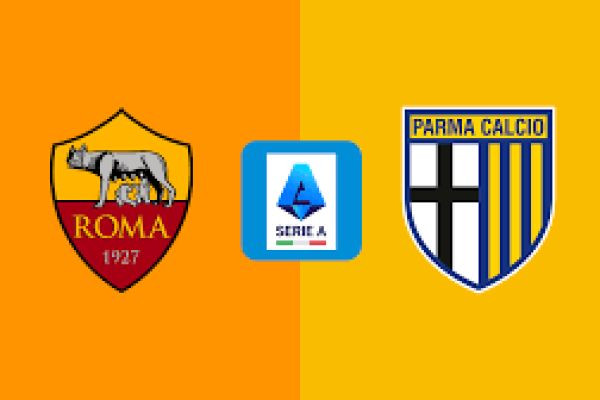The fixture between AS Roma and Parma Calcio 1913, while not carrying the raw venom of a regional derby, is rich in historical resonance and often serves as a tactical barometer for Serie A's shifting landscape. It is a contest that pits the capital’s perennial ambition against the storied, yet volatile, history of the Gialloblu. When these two sides meet, particularly at the Stadio Olimpico, the expectation is not just for three points, but for a display that reflects the distinct philosophies and current fortunes of both clubs.
Historically, Roma has dominated this fixture, especially in the modern era. Parma’s golden age in the 1990s—a period marked by European trophies and a squad glittering with world-class talent—provided some iconic clashes, yet Roma consistently found ways to assert their superiority in the league. This historical weight ensures that every time Parma travels to Rome, they are fighting not just the opponent on the field, but the statistical dominance of decades past.
Tactical Asymmetry
The most recent encounters between these sides often highlight a significant tactical asymmetry driven by their respective league positions and long-term goals. Roma, frequently aspiring to European qualification, typically seeks to control possession and establish dominance through intricate build-up play, often relying on the creative genius of their attacking midfielders or wing-backs. Their structure, whether a back-three or a stable back-four, is designed to generate width in attack while maintaining defensive solidity, especially in transitions.
Parma, by contrast, especially since their return to Serie A, approaches this match as a profound underdog. Their tactical blueprint is usually centered on resilience, compactness, and exploiting counter-attacking opportunities. They often set up in a low to mid-block, sometimes utilizing a 4-4-2 or a disciplined 5-3-2 formation, prioritizing the protection of the central areas. The key for Parma lies in the pace of their wingers or wide forwards and the clinical finishing of their primary striker, requiring rapid ball progression once possession is won, minimizing the time Roma's defense has to reorganize.
Midfield Battle and Key Duels
The engine room of this contest is the midfield. For Roma, players like Leandro Paredes or the dynamic Houssem Aouar become crucial. Their role is twofold: to dictate the tempo of possession and, more importantly, to break down Parma’s compact defensive lines with incisive, vertical passes. The challenge is immense, as Parma’s midfield trio is tasked with smothering space and preventing the deep-lying playmaker from setting the rhythm.
A crucial duel often unfolds on the flanks. Roma's wing-backs (such as an in-form Angeliño or Rick Karsdorp) are essential for offensive output, pushing high to provide width and deliver crosses. This directly challenges Parma’s full-backs, who must balance defensive duties against the potential for high-risk clearances. If Parma's wide players can force the ball inside into congested areas, they frustrate Roma's primary attacking threat. However, if Roma's wing-backs are allowed space, the resulting service into the box can be lethal, particularly against a Parma defense often stretched by prolonged pressure.
The Decisive Moments
Matches between Roma and Parma are rarely high-scoring thrillers. The historical trend, particularly in recent years, points towards tight, low-scoring affairs where Roma's quality ultimately prevails, often by a single goal. These encounters are frequently decided by individual moments of brilliance or, crucially, set-pieces.
For Roma, the clinical nature of their marquee players, like Paulo Dybala's free-kicks or penalty-box intelligence, frequently serves as the difference-maker. For Parma, scoring against Roma's organized defense is a difficult task, often requiring defensive mistakes, rapid counters, or effective aerial challenges from corner kicks. A memorable encounter often cited is the 5-0 Roma victory in December 2024, which exemplified Roma's ability to capitalize on early chances and then ruthlessly punish a demoralized opponent, even if that scoreline is an outlier in the overall history. Conversely, Parma’s ability to snatch a tight 1-0 win in February 2025 demonstrated the potential for grit and tactical discipline to overturn the odds.
Conclusion: Ambition vs. Survival
The Roma vs. Parma fixture is a microcosm of Serie A's current structure: a top club fighting for Europe against a historic side battling for survival. Roma must overcome a well-organized defensive wall and convert dominant possession into goals, demanding patience and precision. Parma must deploy discipline, defensive resilience, and clinical efficiency on the break. Regardless of the score, the game always offers a fascinating study in contrast—the battle between the high-press of a top-four contender and the low-block strategy of a club fighting to restore its illustrious heritage.








